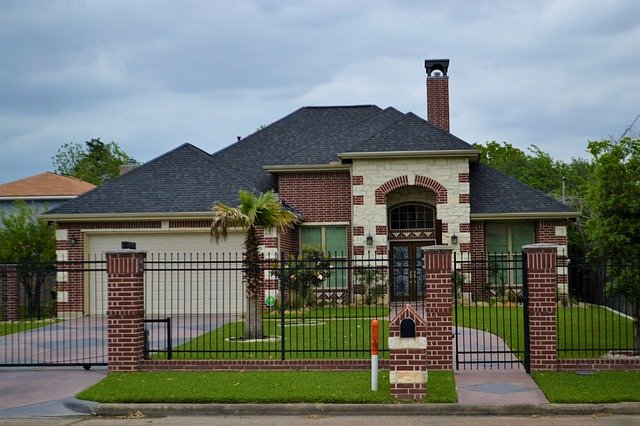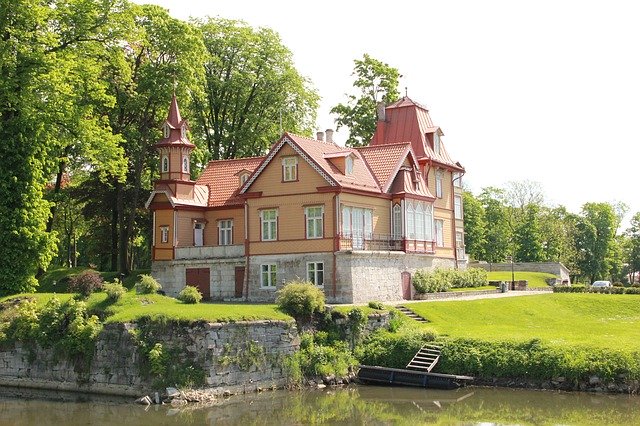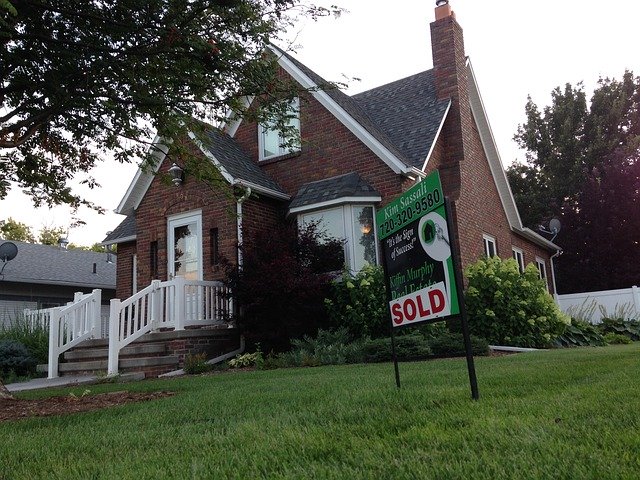Cool down indoors
Direct sun beaming through windows can feel like you have a heater on. Close all the windows and shut any blinds and curtains during the hottest part of the day. When the temperature starts to drop open up the house again so it can cool down for the evening. Turn on ceiling and pedestal fans to get the air moving and pushing the warm air out.
Realtors Lead Generation Appointments
Prepare for storms
Now is the time of year when thunderstorms strike. Get your home ready by checking for cracks, leaks, or deterioration in any caulking around windows and doors. Replace any worn caulk using an appropriate sealant with a caulk gun, available from hardware stores. Any small leaks in the roof can become big leaks when there is lots of water coming down. Fix any problems before they become unmanageable.
Banish bugs
Pests can ruin a relaxing afternoon and as the weather warms up the bugs get busier and don’t mind wandering inside. Spray around windows, doors and the house foundations with a barrier insecticide and this should hopefully create a no go zone for bugs. Inside the house spray around doors, kitchen kickboards, under sinks and around windows. Fly screens on windows and doors let the breeze in and keep the pests out.
Rejuvenate windows
Plenty of time is spent looking in and out of windows when the weather is warm. If your trims are looking a little tired it might be worth sprucing them up, it’s amazing the difference this small task can make. Sand back the old paint and wipe down. Use painter’s tape to avoid getting paint on the windowpanes then brush on a couple of coats for a fresh new look.
Cull the frozen goods
If your fridge and freezer are groaning with Tupperware, now is the time to start using up all the bits and pieces to make space for holiday entertaining. Don’t take chances with food that is past its best. When in doubt, throw it out! A rough guide to how long you can store food is, fresh meat 1-2 days in the fridge and 3-4 months in the freezer, fresh fish 1-2 days in the fridge and 2-3 months in the freezer and cooked leftovers 3-4 days in the fridge and 2-3 months in the freezer.
BBQ preparation
Once a year you should to do a thorough clean on your bbq to keep it in top condition. Disconnect the gas then lift everything out and clean the parts in warm soapy water. Replace ceramic briquettes as old ones can have a build up of fat and food that can make cooking taste bad. Replace everything and make sure it is connected properly. Let the bbq heat for a while so it burns any soap residue off then you’re ready to get grilling.
Mulch garden beds
Keep moisture in the soil and weeds out by covering garden beds with a 70-100mm layer of mulch. Choose mulch that breaks down to add organic matter to the soil such as sugar cane, pine bark or lucerne. Water in deeply so rain penetrates the mulch layer and gets into the soil. Another advantage of mulch is it keeps the soil a fairly even temperature so plant roots don’t get frozen or fried.
Clean out gutters
A tedious but necessary job to do before summer sets in is to clear gutters of leaf litter. You can save your house from ember attacks during bushfires. Get a sturdy ladder, bucket, work gloves and some rags to remove dirt build up in the bottom of gutters. Work your way around the house removing any leaves or debris and fixing any holes or damage as you go.

Grow a green lawn
Watering turf during times of limited rainfall and regular mowing helps keep your lawn growing strongly. The best time to irrigate is in the morning or late afternoon, this gives the grass time to soak up the moisture before it gets too hot. Feed by sprinkling lawn food on a damp grass and water in well. Turf roots can burn on a hot day if fertiliser is not watered in thoroughly. Trim or Remove Trees
Plant for flavor and color
Plant all the herbs you’ll need for your Christmas feast now. Parsley, chives, basil and mint are all essential and by growing your own you can just pick what you need and waste none. Add some Christmas colour with bright dahlias, gerberas and zinnias and plant gardenias, star jasmine and roses to fill the warm evening air with their floral perfume. Sell your home in Clearwater Fl

